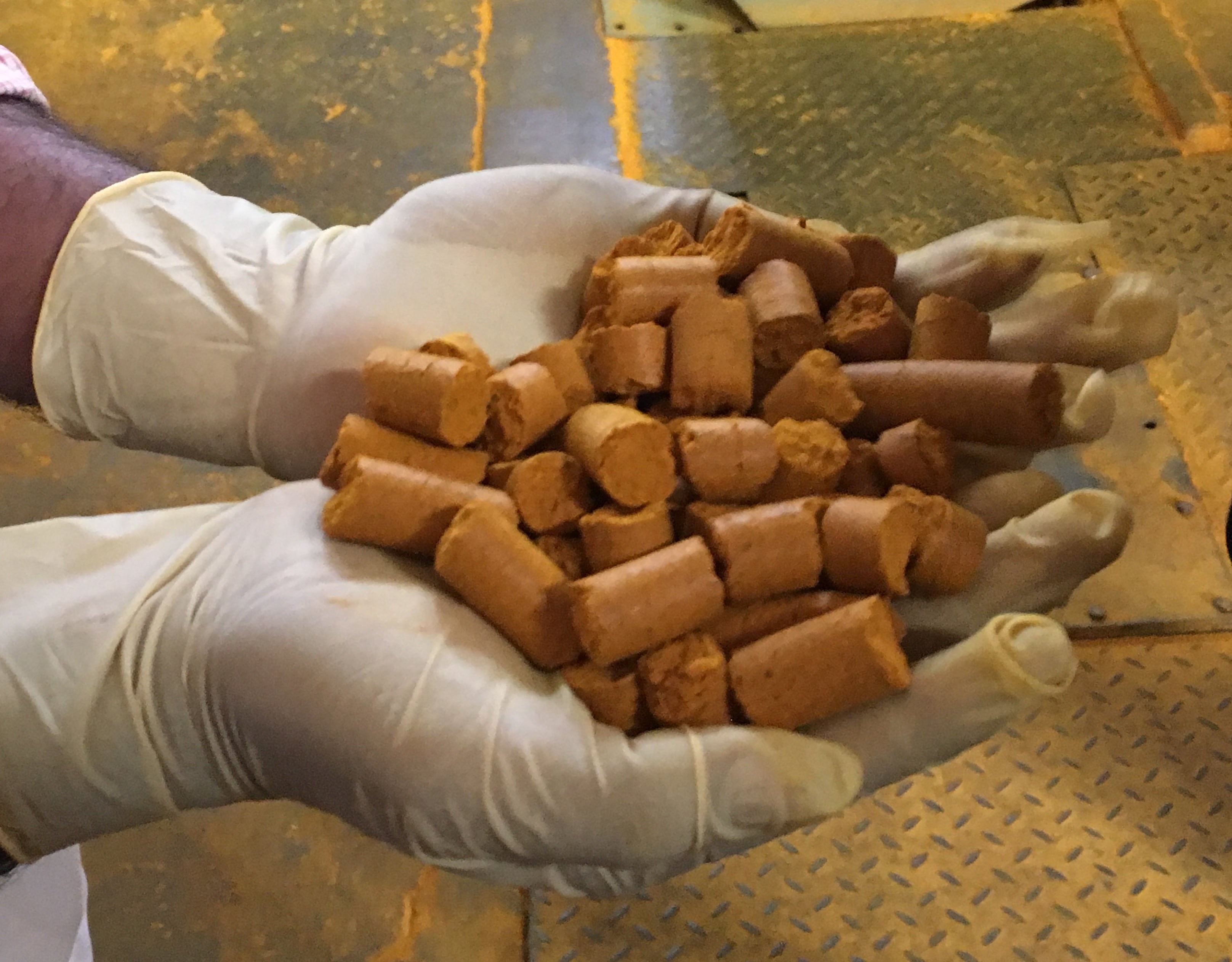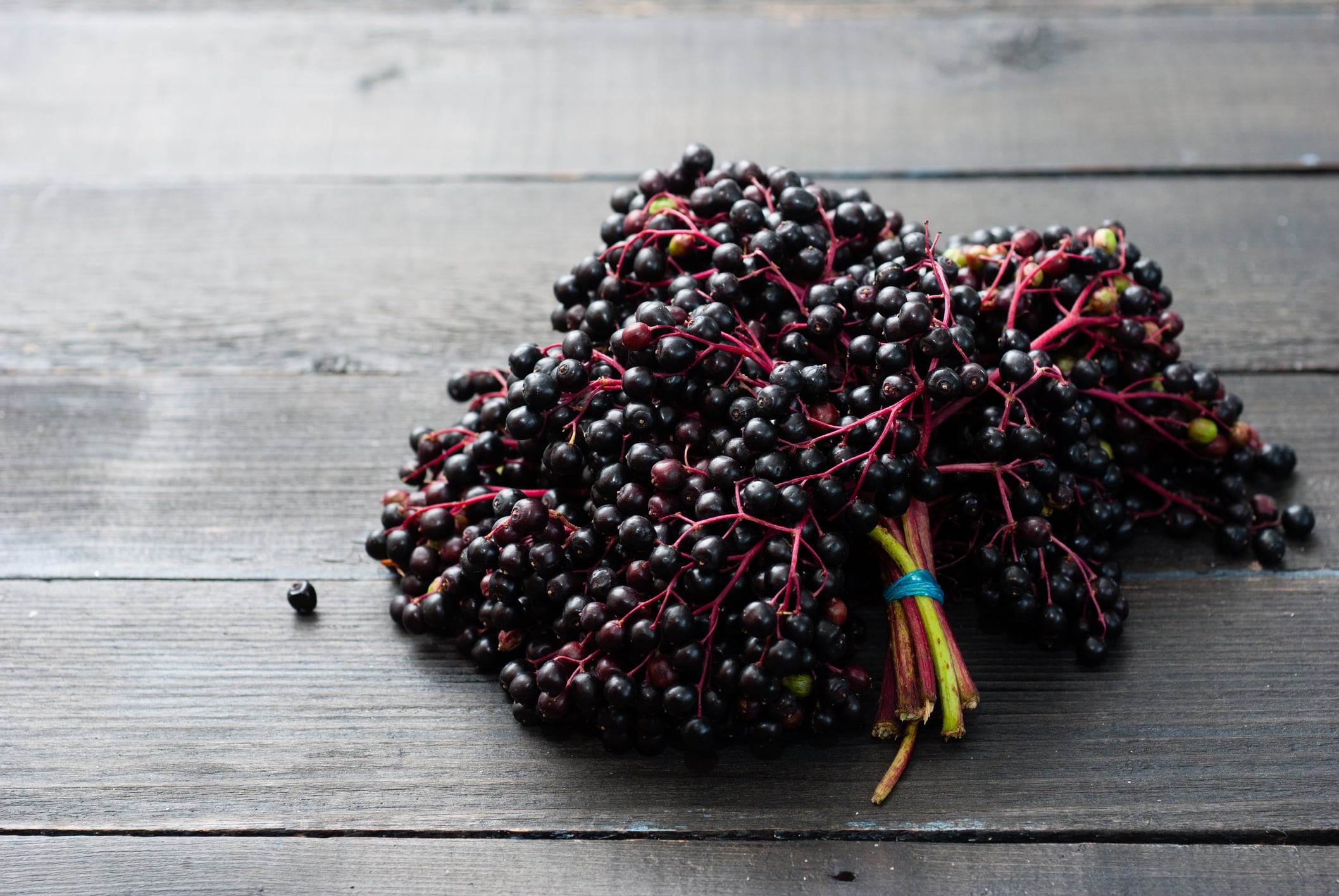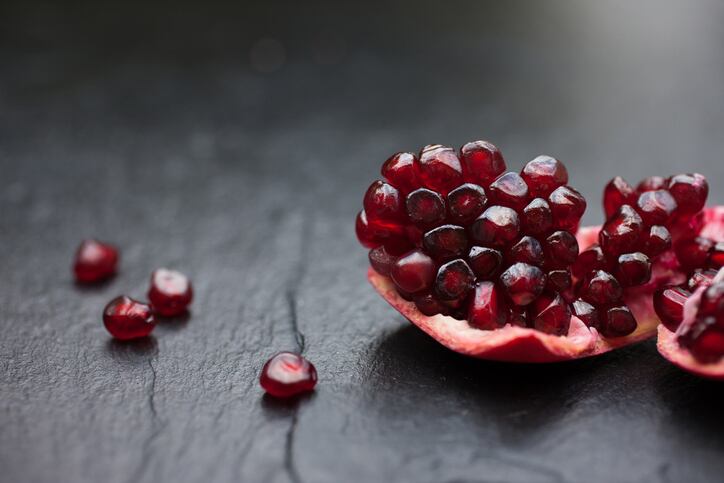Turmeric (Curcuma longa) is a spice that is a main ingredient of East Asian curries. It has long been a mainstay in Ayurvedic and other traditional medicine systems. Its derived active constituents — the curcuminoids — have been widely researched for their anti inflammatory properties and other end points.
Spectacular sales growth
This strong body of research helped make turmeric a superstar in the botanical ingredient sales field. In the mid years of the past decade year over year sales increases of 30% to 80% or more (depending on the channel) were commonplace.
For example, the American Botanical Council’s annual Herb Market Report, the industry go-to for such sales figures, listed sales of turmeric supplements in the mass channel in 2016 of $22 million, with a year-over-year growth rate of 85.5%. In the natural channel the figures were $47.7 million and 32% sales growth. The data sets ABC references don’t capture every sale, but have been seen as authoritative when it comes to overall market trends.
The momentum started to slow the next year. ABC’s 2017 report showed that $32.5 million of turmeric supplements were sold in the mass channel that year, representing 46.7% year over year sales growth. The natural channel figures were $50.3 million in sales and 12.2% growth.
That trend of overall sales momentum slowing and sales shifting from the natural channel to the mainstream continued in more recent drafts fo the ABC report. In 2019 the mass channel figures were $92.4 million and 20%, while in the natural channel the ingredient saw its first decline, with $48.1 million in sales and a 6.8% sales decline. For 2020 the figures were: Mass — $97 million, 3.1% growth; Natural — $41.5, 13.7% decline.
Overall, then, the turmeric market has shown significant, if moderating growth. Total sales according the ABC report were $69.7 million in 2016 compared to $138.5 million in 2020.
Maturing market?
It’s a pattern seen in other high growth supplement ingredients over the years, such as omega-3s. And this past year, which overall was spectacularly good for botanical ingredients as a whole, was distorted by the demand for immune health supplements, said Greg Ris, vice president of sales for botanical ingredient supplier Indena USA.
"Even though growth has matured, turmeric and curcumin remain among the top selling botanicals in both the mass market and natural health food store channels. Due to the pandemic, this past year saw both consumers and retailers purchasing immune products such as Elderberry, Echinacea and Quercetin at unprecedented levels. This took focus away from turmeric and curcumin,” Ris told NutraIngredients-USA.
Even with the blunting effect the immune health craze had on turmeric sales, the overall market decline was typical of what other maturing markets have seen, where sales figures reach a certain high level and then start to bob a bit, sort of like a cork finding its level in the ocean. The 2020 overall total of $138.5 million in sales (natural and mass combined) was actually a decline from the 2019 figure of $140.5 million.
But Ris said Indena believes the market will continue to support investment and innovation.
“Indena believes the market will remain strong. We'll continue to invest in Meriva Curcumin Phytosome that now has over 35 human studies and on which our company is investigating new health categories and benefits,” he said.
Sales in D2C channel give cause to expect future growth
Sayantan Bhattacharya, director of the Curcuwin product range for OmniActive Health Technologies, was of the opinion that significant growth was still in store for turmeric ingredients.
“Turmeric, and curcumin to be more specific, has a long way to go before it hits it maturity and stagnancy,” he said.
Bhattacharya said the full picture of the market, including channels not captured in the ABC reports, give significant cause for hope.
“While there seems to be a general slowdown in the natural and specialty channel during and post pandemic, the key channel driving sales across most categories have been D2C with online sales playing a major role within that. FDM has slowed down but will likely pick up pace from 2022 onwards. Because consumers have both widely adopted and generally understand the holistic benefits of turmeric now, the opportunities for the future will be around convenience, targeted efficacy, health benefit, and price,” he said.
And Dr Muhammed Majeed, founder and CEO of ingredient supplier Sabinsa, said turmeric may actually stand to benefit from the global pandemic as infections from teh delta variant continue to plague many countries.
“Because turmeric now has significant substantial documentation against COVID done over the past year, it’s my opinion that the market will rebound,” he said.




